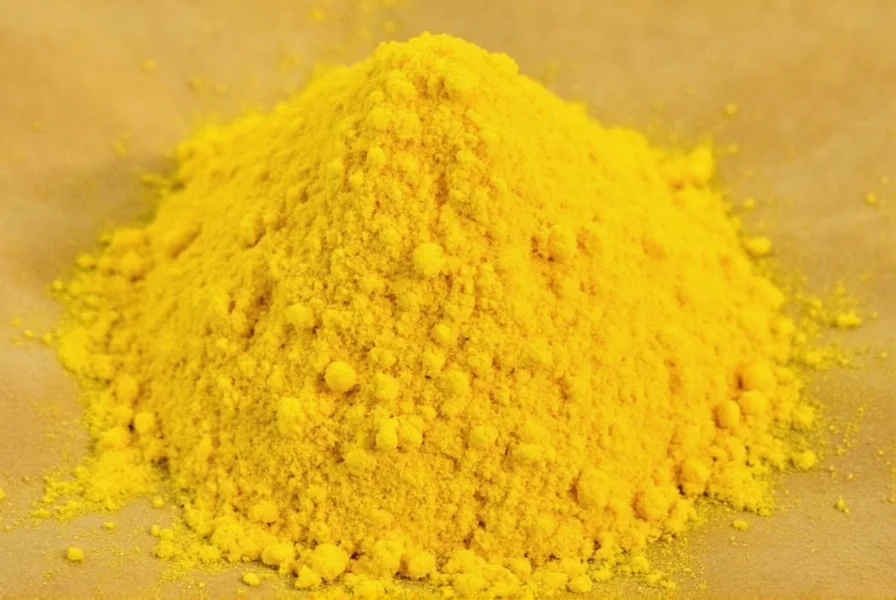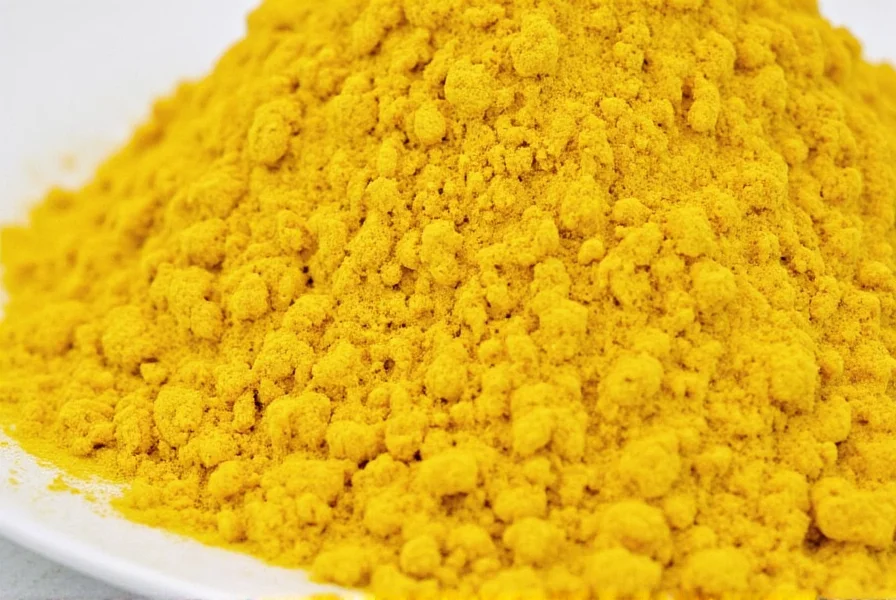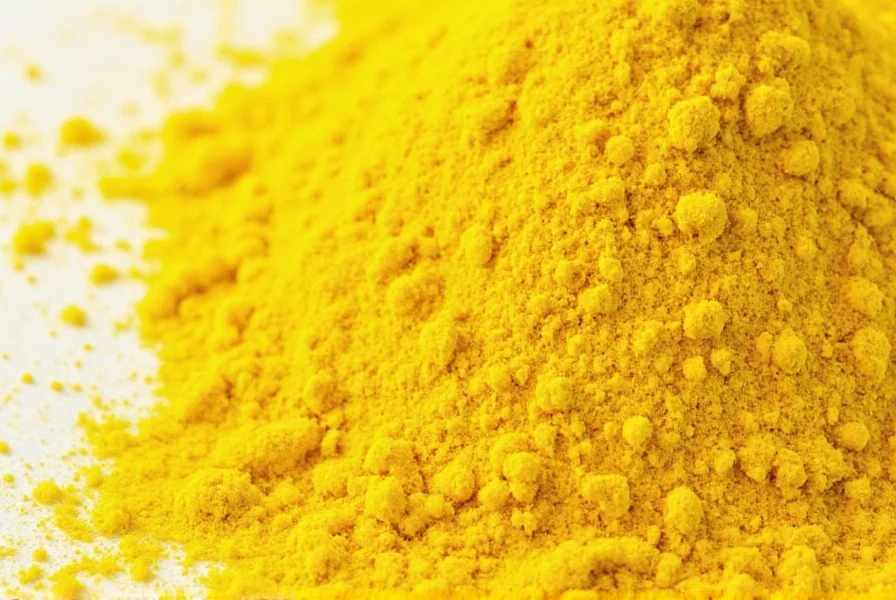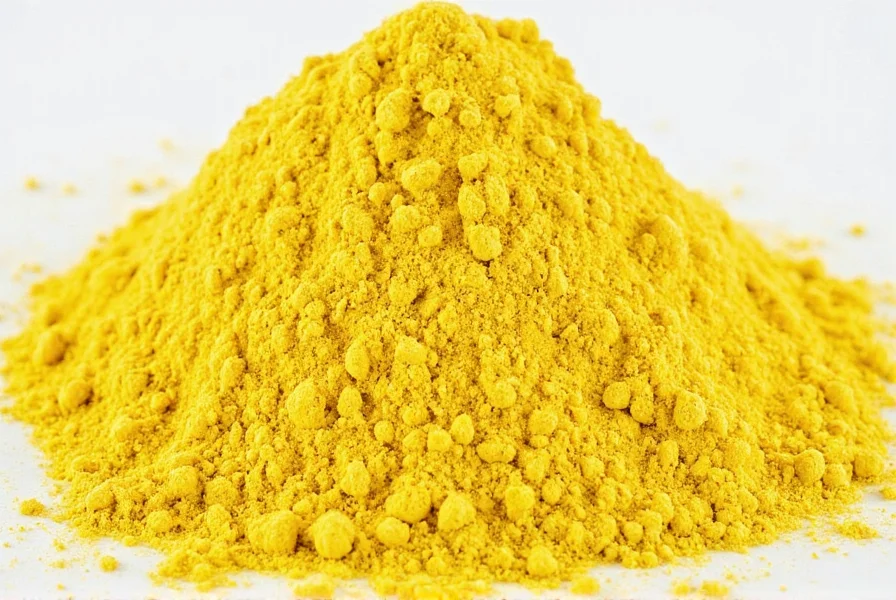When you search for 'yellow spice powder,' you're likely looking for information on naturally yellow-colored spices used in cooking. This guide covers the most common types—turmeric, saffron, mustard powder, annatto, and curry blends—with detailed insights on their uses, science-backed health benefits, and expert buying tips.
In this article, we’ll explore everything from the origins and types of yellow spice powders to how to use them creatively in your cooking. We’ve also included a detailed buying guide to help you find the perfect match for your taste buds!
Table of Contents
- What is Spice Yellow Powder?
- Types of Yellow Spice Powders
- Why It Matters in Cooking
- How to Use It Like a Pro
- Buying Guide: Top Picks & Tips
- Frequently Asked Questions (FAQ)
- Conclusion
What is Spice Yellow Powder?
When we talk about spice yellow powder, we’re referring to a category of naturally yellow-colored spices and spice blends used across global cuisines. These include turmeric, saffron (in powdered form), mustard powder, annatto, and certain spice blends like Madras curry powder or ras el hanout when they contain turmeric or chili powders.
Colorful Chemistry
Many of these spices get their golden hue from natural pigments like curcumin (in turmeric) and crocin (in saffron). These compounds are not only responsible for their color but also offer potential health benefits, as studied by authoritative health organizations.
Types of Yellow Spice Powders
Let’s break down some of the most popular yellow spice powders and what makes each one special:
| Spice | Flavor Profile | Main Use | Best For |
|---|---|---|---|
| Turmeric | Earthy, slightly bitter | Curries, rice dishes, soups | Golden color, mild flavor, health boosters |
| Saffron (powdered) | Delicate floral, honey-like | Rice dishes, desserts, sauces | Luxury dishes, color impact |
| Mustard Powder | Peppery, pungent | Marinades, dressings, pickling | Sharp kick, sandwich spreads, Indian tadka |
| Annatto (Achiote) | Nutty, peppery, sweet | Grilling rubs, stews, Mexican moles | Earthy warmth, red-orange tint |
| Mild Curry Powder | Warm, balanced blend | Coconut milk curries, roasted veggies | Beginners, comfort food lovers |
A Flavor Rainbow
Even though all these powders fall under the "yellow" category, each brings its own personality to the table. Turmeric gives you warmth and health benefits, while saffron offers elegance and complexity. Mustard powder adds zing, and annatto contributes a rustic earthiness.
Why It Matters in Cooking
So why should you care about spice yellow powder? Let us count the ways:
- Bold Color: Instantly elevate the look of your dish with a splash of golden goodness.
- Layered Flavors: Many of these spices add depth and warmth that go beyond basic salt and pepper.
- Health Perks: According to the National Institutes of Health (NIH), turmeric contains curcumin, which has been studied for anti-inflammatory and antioxidant properties. However, these benefits are not a substitute for medical treatment. Consult your healthcare provider before using spices for health purposes.
- Versatility: From breakfast scrambles to dinner marinades, there’s a yellow spice for every course.

Did You Know?
Turmeric has been used for centuries in Ayurvedic medicine. In fact, it's often called "the spice of life" in India because of its healing powers! Scientific research continues to explore its potential benefits.
How to Use It Like a Pro
Ready to take your culinary game up a notch? Here are some clever ways to incorporate spice yellow powder into your everyday cooking:
1. Golden Scrambled Eggs
Add a pinch of turmeric to your scrambled eggs for a gorgeous hue and gentle earthy note. Bonus: It looks great on Instagram!
2. DIY Yellow Marinade
Mix turmeric, garlic, ginger, lemon juice, and olive oil for a quick marinade. Works wonders on chicken, tofu, or paneer.
3. Boost Your Rice
Make your next batch of rice extra special by adding saffron threads soaked in warm water or a spoonful of turmeric. Try it with coconut rice for a tropical twist!
4. Jazz Up Roasted Veggies
Toss your favorite vegetables in a mix of yellow curry powder and olive oil before roasting. Carrots, cauliflower, and squash love this treatment!
5. Make Homemade Popcorn Seasoning
Create a unique snack seasoning using turmeric, nutritional yeast, salt, and paprika. Tasty and healthy!
Buying Guide: Top Picks & Tips
Not all spice yellow powders are created equal. Here’s how to shop smart:
Look for Quality First
- Purity: Check for added fillers like flour or starch, especially in cheaper curry powders.
- Fragrance: Fresh yellow powders should smell aromatic, not dusty or stale.
- Packaging: Airtight containers or vacuum-sealed bags keep the flavor locked in longer.
Top Brands Worth Trying
| Brand | Product | Features | Best For |
|---|---|---|---|
| Simply Organic | Turmeric Root Powder | Organic, non-GMO, fair trade | Everyday cooking and wellness routines |
| Frontier Co-op | Curry Powder Mild | Certified organic, no additives | Soft curry flavor in soups and grains |
| Penzeys Spices | Mustard Powder | Strong aroma, intense flavor | Diy mustard pastes and pickling brines |
| La Flor | Achiote Powder | Authentic Mexican flavor, pure ground annatto | Caribbean and Latin American recipes |
| Saffron Threads | Crushed Saffron | Pure hand-harvested threads, premium grade | Luxury dishes, paella, risotto |
Storage Tips
- Keep spices away from heat and light in a cool, dark cabinet.
- Label containers with purchase dates and replace every 6–12 months for peak potency.
- Use a dry spoon when measuring to avoid introducing moisture.
Price vs. Value
You don’t always have to spend a fortune, but investing in high-quality spices pays off in flavor and longevity. For example, real saffron is expensive, but a little goes a long way. On the flip side, cheap turmeric blends may be diluted with flour or preservatives.

Frequently Asked Questions (FAQ)
What is the most common type of yellow spice powder?
Turmeric is the most widely recognized yellow spice powder, known for its vibrant golden color and earthy flavor. It's a staple in many cuisines, especially in Indian and Southeast Asian cooking.
Is turmeric the same as yellow spice powder?
No, turmeric is one specific spice that falls under the broader category of yellow spice powders. Other yellow powders include saffron, mustard powder, annatto, and curry blends.
What are the health benefits of yellow spice powders?
Many yellow spice powders, particularly turmeric (which contains curcumin), have been studied for potential health benefits. According to the National Institutes of Health (NIH), curcumin may have anti-inflammatory and antioxidant effects. Saffron has been researched for mood support, and mustard powder may aid digestion. However, these spices should be part of a balanced diet and not used as a replacement for medical treatment. Always consult a healthcare professional for health concerns.
How should I store yellow spice powders to keep them fresh?
Store yellow spice powders in airtight containers away from heat, light, and moisture. A cool, dark cupboard is ideal. For maximum flavor and potency, replace them every 6-12 months. Always use a dry spoon to prevent moisture from getting in.
Can I substitute one yellow spice powder for another in recipes?
Substitution depends on the spice and the recipe. Turmeric can often be swapped for a small amount of curry powder (but note curry powder is a blend), but saffron is unique and expensive so it's not easily substituted. Mustard powder has a strong flavor and isn't a direct substitute for turmeric. Always consider the flavor profile you're aiming for.
Conclusion
Whether you’re spicing up your weeknight dinners or trying out a new ethnic recipe, spice yellow powder is a must-have in any well-stocked kitchen. With so many types to choose from, each offering its own unique flavor profile and visual appeal, there’s never been a better time to play with color and flavor.
From the earthy richness of turmeric to the luxurious bloom of saffron, these golden gems bring more than just good looks — they bring warmth, complexity, and a touch of magic to your meals. So go ahead, grab that jar, and let the yellow power shine!












 浙公网安备
33010002000092号
浙公网安备
33010002000092号 浙B2-20120091-4
浙B2-20120091-4